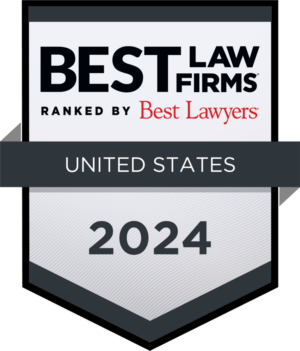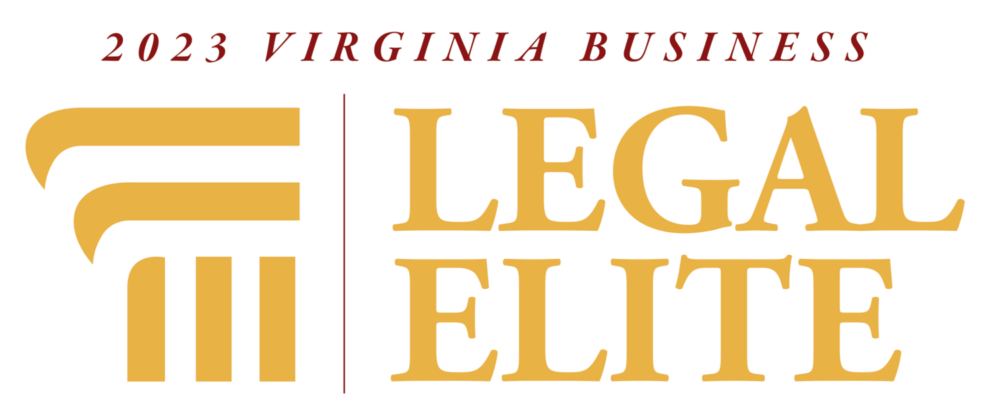Masa Yokoyama
Scott Daniels
Questions of enablement typically depend on the quality of the disclosure in the specification and the level of skill in the relevant art. Still, two recent court decisions will be helpful for applicants facing enablement rejections: one from the Federal Circuit, which deals with claims that recite open-ended ranges, and the second from the Supreme Court, which reiterates the general principles of enablement.
Summary & Two Takeaways
Takeaway No. 1: An applicant may successfully traverse a Section 112 enablement rejection that is based on a claim limitation reciting an open-ended range. The limitation is enabled if the patent specification and an expert declaration establishes that one skilled in the art would understand that there is an inherent, although “not precisely known, upper limit and the specification enables one skilled in the art to approach that limit.”
Takeaway No. 2: The Supreme Court restated three general legal principles that an applicant may quote to traverse an enablement rejection: (1) ‘a specification may require “a reasonable amount of experimentation to make and use a claimed invention, and reasonableness in any case will depend on the nature of the invention and the underlying art,’” (2) ‘a specification need “not describe with particularity how to make and use every single embodiment within a claimed class,’” and (3) ‘a specification is not inadequate “merely because it leaves the skilled artist to engage in some measure of adaptation or testing.’”
Construing Open-Ended Ranges
One of the most challenging problems for patent prosecutors is a claimed range with no upper limit, for instance, “a temperature of 100ºC or higher,” “at least 10 ml water per square meter,” “1,000 revolutions or more per minute.” Patent examiners typically comment that the claim encompasses an infinite temperature, water content, or revolution values; and since the specification does not enable one skilled in the art to make embodiment having such an infinite value, they reject the claim for lack of enablement. The problem becomes serious where the limitation cannot be deleted from the claim because it is needed to patentably distinguish the claim from the prior art.
The Federal Circuit’s recent decision in FS.com Inc. v. Int’l Trade Comm., Docket No. 2022-1228 (April 20, 2023) offers a possible path for overcoming such enablement rejections. The claim recited a fiber optic apparatus that included a component “configured to support a fiber optic connection density of at least ninety-eight (98) fiber optic connections per U space.” The accused infringer argued that the open-ended density range rendered the claim invalid for lack of enablement, asserting that the specification enabled one skilled in the art to make embodiments of the invention with no more than 144 fiber optic connections per U space.
The Federal Circuit disagreed. It began its analysis by noting the infrequently cited holding of Anderson Corp. v. Composites, LLC, 474 F.3d 1361 (Fed. Cir. 2007): “open-ended claims are not inherently improper … They may be supported if there is an inherent, albeit not precisely known, upper limit and the specification enables one skilled in the art to approach that limit.” In the present case, the patent specification and expert testimony at trial established that one skilled in the art “would understand the maximum fiber optic connection density technologically feasible as [the patent application’s filing date] was about 144 connections per U space.” The appellate court concluded that “the open-ended claims have an inherent upper limit of about 144 connections per U space,” excluding higher densities, so that the claims were commensurate in scope with the enablement of the specification.
The Federal Circuit’s claim construction upholding the validity of the patent merely acknowledges technical realities of the fiber optic art at the time of the claimed invention.
General Principles of Enablement
The patent in Amgen v. Sanofi, Docket No. 21-757 (May 18, 2023), claimed certain antibodies that reduced levels of low-density lipoprotein cholesterol. The sole issue before the Supreme Court was whether the patent specification was sufficiently detailed to enable one skilled in the art to make and use the claimed antibodies without undue experimentation.
The Court began its analysis by restating the general principles of the enablement requirement:
- a specification may require “a reasonable amount of experimentation to make and use a claimed invention, and reasonableness in any case will depend on the nature of the invention and the underlying art,”
- a specification need “not describe with particularity how to make and use every single embodiment within a claimed class,” and
- a specification is not inadequate “merely because it leaves the skilled artist to engage in some measure of adaptation or testing.”
Applying these principles, the Court noted that the specification identified 26 exemplary antibodies by their amino acid sequences, but it also found that the claims were much broader than the disclosure, covering “a vast number of additional antibodies.” The patentee had argued that its claims were nonetheless enabled because one skilled in the art could make and use every of the claimed antibodies by simply following the disclosed “roadmap” or “conservative substitution.” The Court disagreed, finding that the needed amount of experimentation to make the claimed-but-not-disclosed antibodies was more like “invention” than “routine experimentation.” It concluded that the specification “failed to enable all that it has claimed, even allowing for a reasonable degree of experimentation.”
Although the general principles cited by the Court are well-known, it is sometimes helpful to recall them to patent examiners to guide the discussion in a favorable direction.
要旨:米国特許法における実施可能要件の問題は、明細書の開示の程度と対象技術分野によって決まる。本稿では、オープンエンドの範囲を記載したクレームを扱ったCAFC判決(判例1)と、実施可能要件の一般原則を再確認した最高裁判決(判例2)を紹介する。
(判例1)特許明細書の記載および専門家の宣誓により、当業者であれば、正確な上限値は知られていないくても何らかの上限が存在することが自明と理解でき、明細書の記載により当業者がその上限に近づくことができることが証明されれば、オープンエンドの範囲(例:温度が100℃以上)を記載したクレームも有効であり、112条の実施可能要件を満たすことができる。
(判例2) 最高裁は、出願人が実施可能性要件違反を覆すために引用することができる3つの一般的な法原則を再確認した: (1) 明細書は、クレームされた発明を製造し使用するために合理的な量の実験を要求することができ、いかなる場合にも合理性は発明の性質と対象技術のレベルに依存する、(2)明細書は、クレームの対象となる全ての実施形態を製造し使用する方法を具体的に記述しなくてもよい、および (3)明細書は、当業者にある程度の調整やテストを要するからといってそれだけで不十分であるとは言えない。








